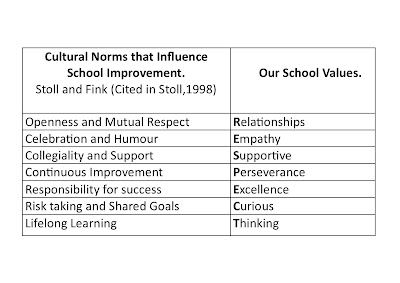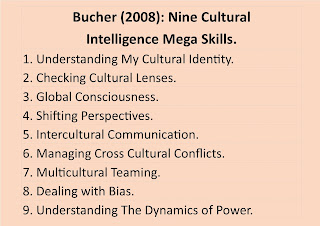SOCIO-ECONOMIC STATUS OF THE COMMUNITY, SCHOOL CULTURE AND PROFESSIONAL ENVIRONMENTS.
A ‘decile’ as defined by the Ministry of Education, school-decile-ratings (2017) “is a measure of the socio-economic position of a school’s student community relative to other schools throughout the country.” The decile rating attracts operational funding and resources. Deciles are calculated against the socio-economic indicators of income, occupation, household crowding, educational qualifications and families receiving income support.
Our school is decile 5. We have parents who are well educated, drive new cars and travel overseas regularly. At the other end of the spectrum, we have some families who are unemployed, may have a family member in prison and struggle to feed and clothe their children. On reflection, I know that issues that arise from socio-economic imbalance are addressed quietly and respectfully, by providing lunches, items of school uniform and medical interventions. Whanau engagement is promoted through our ‘open-door policy’, learning celebrations, meet the teacher, our hangi, school assemblies, regular powhiri for our new families and the Seesaw online tool. Parents feel welcome at our school. Our staff make a point of knowing the dynamics of each family to support our tamariki.
We are also varied ethnically. Our 2016 ERO report showed 50% of our students identify as Pākehā, 37% Māori, 4% European, 3% Asian and 6% other.
Reflecting on both components, our school community is an ethnic, cultural and social ‘melting pot’. We have a high profile in our town due to our central position and the long-established links with the community. The school was founded in 1894, the original school building is still on site and our history is treasured.
Diemer and Blustein (2007) found that racial, ethnic, and socioeconomic barriers generally hinder individuals’ vocational development. Reflecting on data from our Annual Report, the differences are not extreme as the American Association of Psychology (2016)’s Education and Socioeconomic Status Fact-sheet would imply. I would suggest that our data is evidence of a Community of Practice working together to meet our vision of ‘Hooked on Learning’ and having an absolute focus on accelerating our akonga. Our CoP, including the Ngati Tuwharetoa Kawenata, has many initiatives to improve equity and provide excellence for all learners.
Our school is striving for a culture of respect combined with our vision for all children to be 'hooked on learning'.
Louise Stoll (1998) states that culture describes how things are and acts as a screen or lens through which the world is viewed. The connection between this description and the concept of respect (mirrored in our school values) is strong.
We have programmes in place to promote and grow our school culture of respect. These programmes are vast, varied and include PB4L, assemblies, the weekly newsletter, student leadership programmes and learning celebrations. In his principal’s sabbatical report (Gargiulo 2014), six strategies were seen to have improved the culture at Manurewa High School. When reflectively comparing our school’s initiatives to these strategies, we have four solidly and effectively in place; providing food (Fonterra Milk in Schools), learning conferences, PB4L and focused literacy programmes). We all regularly complete Health and Wellness surveys which are analysed to address important issues. We also have regular Health and Safety meetings. Another contribution to our strong school culture is our Wairua. This is an arch, sitting over the school rule of ; “Respect self, respect others and respect the environment.”
Our professional environment is one of strong collegiality. Reflecting on our PD, it is relevant and always offers something we can directly implement to support our learners. The key issue that has arisen for our staff is one of stress. Our teachers push themselves to do their very best, making classrooms and playgrounds a safe place for every aspect of the well being of all students.
REFERENCES
School deciles. Retrieved from; http://www.education.govt.nz/school/running-a-school/resourcing/operational-funding/school-decile-ratings/
Stoll. (1998). School Culture. School Improvement Network’s Bulletin 9. Institute of Education, University of London. Retrieved from http://www.educationalleaders.govt.nz/Culture/Understanding-school-cultures/School-Culture
APA. (2016). Education and Socioeconomic Status. Retrieved from http://www.apa.org/pi/ses/resources/publications/education.aspx
Gargiulo, S. (2014). Principal sabbatical report. Retrieved from http://www.educationalleaders.govt.nz/Leadership-development/Professional-information/Principals-sabbatical-reports/Report-archives-for-2007-2014/Secondary-award-recipients-2014/Gargiulo-Salvatore





I like the inclusion of the 'wairua' concept, cited from our 2017 school charter. Different challenges exist in a Decile 1a school, than a Decile 10 school. I am not sure how to reconcile these, other than to teach the 'child, as a child' - I can infer this is the heart of your Blogpost.
ReplyDeleteThanks Sarah. That is our 'core business' isn't it? Teaching our tamariki through developing sound and understanding relationships.
ReplyDelete